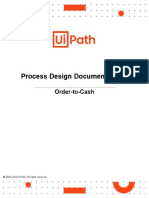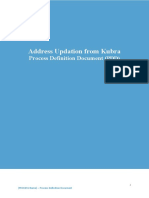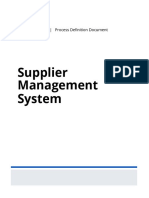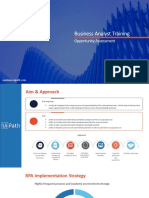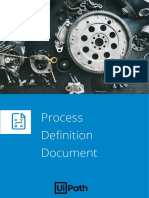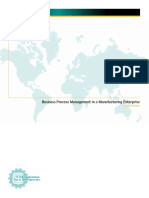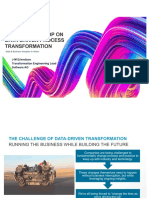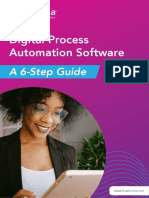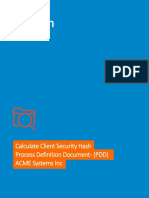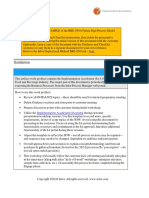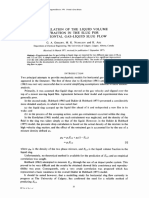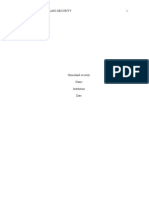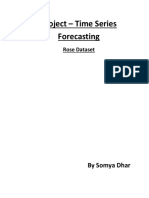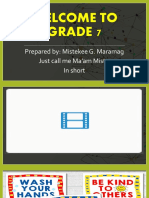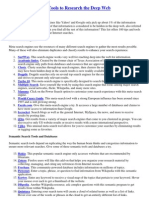0% found this document useful (0 votes)
18 views21 pagesLesson 4 - Process Analysis
The document outlines the fundamentals of process analysis in automation, focusing on analyzing the As-Is process and defining the To-Be process. It emphasizes the importance of creating a Process Definition Document (PDD) to facilitate knowledge transfer between stakeholders and developers. Additionally, it covers methods for gathering requirements, documenting processes, and handling exceptions during automation implementation.
Uploaded by
Tai NguyenCopyright
© © All Rights Reserved
We take content rights seriously. If you suspect this is your content, claim it here.
Available Formats
Download as PDF, TXT or read online on Scribd
0% found this document useful (0 votes)
18 views21 pagesLesson 4 - Process Analysis
The document outlines the fundamentals of process analysis in automation, focusing on analyzing the As-Is process and defining the To-Be process. It emphasizes the importance of creating a Process Definition Document (PDD) to facilitate knowledge transfer between stakeholders and developers. Additionally, it covers methods for gathering requirements, documenting processes, and handling exceptions during automation implementation.
Uploaded by
Tai NguyenCopyright
© © All Rights Reserved
We take content rights seriously. If you suspect this is your content, claim it here.
Available Formats
Download as PDF, TXT or read online on Scribd
/ 21
